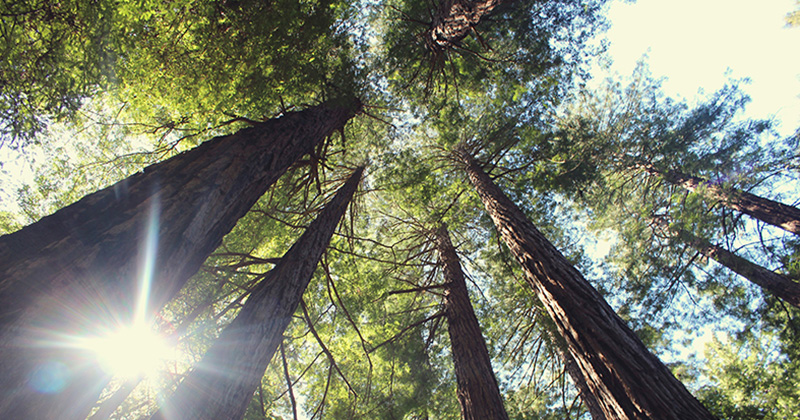
September 25 2017
No other industrial product embodies nature like paper. Paper production respects natural cycles, but thanks to advanced technology is more than just sustainable – it also achieves extraordinary properties.
Soft, thin, strong but also absorbent, clean, solid… For a huge variety of uses, there is a specific type of paper and for every type of paper an often ingenious solution lies behind its creation. But for all papers, there are four constants: Sun, Earth, Water, Air.
Among the numerous variables that determine the characteristics of paper, one of the most important is the Sun. It is thanks to the Sun, and to the different levels of exposure to it that trees and other plants experience, that the market can offer everything from special tissue paper to wrap oranges and lemons, to resistant paper for packing or translucent vellum paper for special occasions.
The light of the Sun allows photosynthesis, the mechanism of plant life: the fibers in trees and plants grow by absorbing minerals, water, air and light. Thanks to nature’s extraordinary ability to adapt, different trees grow at different latitudes, with shorter or longer and more or less resistant fibers. Nature’s variety also determines the composition of the soil that enriches the plants with different mineral substances based on the location and the microclimate. This also holds true for wind, rain and proximity to water.
Paper is one of the most extraordinary examples of the relationship between nature and ingenuity, because starting with what the different environments offer, only ingenuity, technology and profound vision allow turning a mass of fibers into an unlimited variety of papers.
Plants comprised of long and strong fibers yield a resistant paper; short and less solid fibers produce soft papers; cotton and hemp are suitable for paper money; other thin fibers like straw are an alternative source for tissue paper production where wood fiber is in short supply. All this variety is the result of environmental conditions and of the adaptation of each species to Air, Water, Earth and Sun: broadleaves (present in areas with a temperate climate) are short-fiber plants; conifers (found in cold climate areas) are long-fiber plants.
What differentiates one fiber from another is the thickness of the cell walls. From thin-walled fibers we obtain a dense paper very resistant to friction; thick-walled fibers yield papers that are easier to tear but very smooth. The Sun, microclimate and environmental balance are hence found in every type of paper just as much as ingenuity and technology, because growing conditions determine the length, thickness and type of fiber.
Modern production prioritizes safeguarding forests and can manage fiber orientation during the process as well; it thus exemplifies that dynamic dialogue between thought and the environment that most people call “progress”.
For others – perhaps a minority – paper is something magical because it brings with it the wealth of the Earth, the energy of the Sun, the force of the Wind, the spirituality of Water and bears the imprint of human thought: An almost alchemic vision that perhaps the paper industry has a duty not only to respect but also to rediscover.